|
The Plant That’s Been Charming Drunks and Undertakers Since Medieval times... There’s a fun woodland weed that you might want to know about. It's an unassuming little plant, with dainty white flowers and whorled leaves. However, it has been sneaking its way into drinks, pagan rituals, and your strange aunt’s potpourri for centuries, maybe even thousands of years. So, let’s unpack some of the sweet and sinister history of sweet woodruff (galium odoratum). A History Drenched in Death and Decay? Remember the good old Middle Ages? Life in Europe was an unpleasant parade of plagues, wars executions, rampant werewolfery (see a previous blog on a more recent case of wolfy mayhem) and no indoor plumbing. Growing all over the shadowy forests of Europe, this herb was the medieval undertaker’s best friend. It's interesting, vanilla hay-like scent—think ice cream that had been kissed by a recently fed guinea pig—made it perfect for stuffing into coffins or strewing over plague-ridden floors to mask the putrid stench of our ultimate mortality. It’s possible that it may have even been used to ward off those pesky evil spirits that seemed to be everywhere at the time, or at least help make them smell a bit less grave-y. By the Renaissance, woodruff was common in apothecary shops and brewed into teas to cure insomnia and melancholia or to more generally, “rebalance the humours”. Before you run outside and eat a bushel to help get over whatever disorder you’ve decided that you now suffer from because of tiktok videos, though, keep in mind that large quantities of coumarin (i.e., the most interesting and tasty part of the plant) could really mess with your liver. Moderation is the name of the game with this wee plant beastie. Fast forward to the 19th century, and this herb was slinking into aristocratic punch bowls, it’s probably most famous in May wine (Maibowle in German), Germany’s famous springtime punch consists of steeping sweet woodruff in white wine with strawberries. Woodruff’s strange, but pleasant flavor is the epitome of the transition from Spring to Summer. Sweet woodruff (aka waldmeister) is prized in German beer as well. It’s very popular to add waldmeister syrup (see recipe below) to Berliner Weisse beer. The latter is a low-horsepower wheat beer primarily associated with Berlin, known for its crisp, effervescence and pleasant sourness. Waldmeister syrup, with its soft flavor, perfectly balances out its tartness. However, be warned that artificial green colors are often added for dramatic effect. Craft distillers, those alcohol alchemists who pepper the countryside of every civilized locale these days, sneak woodruff into schnapps or liqueurs to elevate the exotic flair. Want to play hipster bartender yourself? Simple infuse woodruff into vodka with some (natural) red grenadine or black walnut bitters for a cocktail ingredient that screams gothic pretension. Just filter out the leaves unless you want your glass looking like a witch’s compost pile. How to Summon the Woodruff Fairies:
Woodruff is not easy. Its flavor isn’t ready made; it takes some coaxing to emerge. It’s best to harvest this herb on a misty morning in early June (like today, June 3, 2025), when it’s blooming. Snip stems with scissors so you don’t damage the plant too much and dry them for a day or so to allow the coumarin’s flavor to emerge and intensify. Please don’t skip this step unless you want a bland flavor and only the ghost of a vanilla aroma. Now, get rid of those stems, keeping only the slightly shriveled leaves. Boil up some simple syrup. When it’s made, take it off the heat, throw in some lemon slices for flavor (and to cool down the syrup a bit), and then add the woodruff. Once it cools to room temperature, cover and refrigerate for 1-2 days, strain, bottle, and store. You now have the makings of a great flavoring for beer, cakes, or craft cocktails. Sweet Woodruff Simple Syrup Recipe Ingredients: - 1 cup water - 1 cup granulated sugar - 2/3 cup fresh sweet woodruff leaves (washed and dried for 1-2 days) 1. Combine Ingredients: In a small saucepan, combine water and sugar. Stir over medium heat until the sugar dissolves completely. 2. Remove from the saucepan. Add the lemon slices 3. Add the dried sweet woodruff leaves to the saucepan. 4. Let the syrup cool to room temperature. Now, cover and refrigerate for 1-2 days. 5. Last, but not least, strain through a fine mesh sieve or cheesecloth to remove the leaves. Pour the syrup into a clean, airtight bottle or jar. Store in the refrigerator. Tips: - This syrup is great in cocktails, mocktails, lemonades, or even drizzled over desserts. - Ensure sweet woodruff is sourced safely, as it should be used in moderation due to its coumarin content.
0 Comments
If you frequent the occasional cocktail bar, you already know that Amari (i.e., the plural of "Amaro") are all the rage these days. We even found Amaro Averna in a teeny tiny little liquor store in rural Maryland the other day. That seems to imply that it’s a growth industry. Have you ever had fantasies of making a homemade version of this hipster cocktail staple? Do you live in North America, the UK, or Europe? Do you know where there’s a walnut tree nearby? If you answered yes to all three of these questions, you should go to the tree (literally right now, the window for this is closing), grab a bunch of the little green, unripe walnuts, and follow the easy recipe below. We prefer black walnuts for making our version, but the regular English or French varieties will work too. All you need is basic caveman-level food prep skills and some patience, and in just two months you will have a complex, spicy amaro to impress all your friends and hand out as personalized presents over the next year. Let’s start with some basics, though, what is this strange elixir called amaro? In a nutshell, it’s a bittersweet liqueur with complex flavors and aromas, often enjoyed as a digestif after heavy meals. The most famous amari hail from the land of the pasta waistband tightener, Italy (of course), but France and many other European countries have their own versions. Though often enjoyed neat or chilled, it can be used to great effect in cocktails. Having literally just gone to the backyard and harvested three Black Walnut trees for their immature nuts, we are well on our way to making one of our favorites called Nocino (Italy) or Liqueur de Noix (France). As this is a multi-part post, we won’t go too far into the tasting notes, but suffice it to say that just a barspoon full of this homemade liqueur can elevate a Manhattan, Old Fashioned, or even standard black coffee to gourmand-level heights. It’s that good. Recipe
-20 green nuts from a Black Walnut tree (or 30 green English/French Walnuts) -2.5 cups sugar -1 liter cheap 80-horsepower vodka -2 sticks of good quality cinnamon -1 whole vanilla bean (don’t use extract – this receipt is worth splurging on the good stuff) Other spices and flavorings. David Lebovitz uses 10 cloves and the zest of one lemon. We’ve used his recipe many times and love it, but wanted to tweek it to our tastes https://www.davidlebovitz.com/liqueur-de-noix-green-walnut-liq/ We used: -1 ts grains of paradise -7 dried cubeb (an aromatic pepper from Java) berries Directions -Mix the sugar with the vodka, doing your best to make a nice solution. Don’t worry if some sugar is on the bottom. It will eventually incorporate. -Quarter the green walnuts with a sharp paring knife. We recommend using gloves as there is a pigment in the walnuts that will turn your skin temporarily black. Place them in the vodka. -Add in the remaining spices and vanilla bean -Shake to incorporate -Set in a cool, dark place and shake every day for two solid months. Yes, you need to be patient here and let the walnuts do their magic. There’s really something strange going on in all those ex-Viking countries (e.g., Norway, Sweden, Finland). In addition to having ridiculously tall and stoic people, they also tend to produce good, strange, and (sadly) very expensive liquor. Maybe it’s always been that way. It’s possible that the only way to get yourself through watching the famous “Blood Eagle” torture might be to drink something just a bit more bracing that the usual beer or mead. Regardless, for our money, some of the most unique Viking tipples hail from that slightly out-of-the-way country to the northeast of America, Iceland. We came upon this drink purely by chance. While flying Icelandair for the first time on our way home from the UK, we had some extra time to visit Duty Free at Keflavík International Airport in the capital of Reykjavík. Quickly grabbing up two bottles of Brennivín (i.e., “the black death” – we’ll cover this in a future post), our keen eyes spied an amber bottle with what looked like a chunk of moss floating inside. Though it didn’t exactly look appealing, it was unique, and that was good enough for us. So, we grabbed a bottle of that, too, and raced to our gate before we missed the connecting flight. This was a very good decision. When we finally got around to opening this strange bottle labeled as Fjallagrasa Icelandic Schnapps, we were very surprised. To be honest, we had never considered what alcoholic moss would taste like, but we never imagined that it would taste as good as this (see notes below). Though this may sound strange, it tasted, dare we say, “healthy”. After some quick googling, we learned that this moss has been used in Iceland for centuries as a means to ward off coughs and colds and, interestingly, might even have immunostimulant properties. On the other hand, this could all just be a great rationalization to drink more Schnapps. We’re fine either way. To make this strange Schnapps, special Viking lichen is harvested by hand from the interior of the country, mainly at higher elevations. We can only imagine that horned helmets are de rigeur and that proper sacrifices must be made to Freya and Loki before pulling out any of these choice plants. The liquor-loving mosses are then left to sit in neutral spirits until the flavors are extracted and it morphs into the soft amber liqueur you see in the pics. So back to the cost of drinking in ex-Viking lands… Sadly, getting a bit buzzed in Iceland will set you back some cash. An average beer costs $10-12 with cocktails ranging upwards of $20. This unfortunate fact may put a limit on your personal degeneracy when visiting Iceland’s capital. Necessity, they say, is the mother of invention, though, and there are cheaper options. Our best piece of advice is NOT to rush from the airport, but to spend a good bit of time in the Duty Free store before you leave. You’ll be able to load up on beer, liqueur, wine, and even food at far cheaper prices than anywhere in the Reykjavík region, even at grocery and liquor stores. Then, just have a drink or three before you hit the town and be patient as you nurse those overpriced Icelandic beers while waiting for your $35 vegetarian burger. Please don't let the cost deter you. Iceland is a very cool place with fascinating people, so it is well worth it. Flavor Notes: Fjallagrasa Icelandic Schnapps is a tough drink to describe. The only thing we’ve ever tried that even comes close to this flavor profile would be an Italian liqueur named Zirmol which is made from pinecones. However, Zirmol is more “piney” (obviously) and has hints of menthol that you don’t find in our Icelandic Schnapps. We would describe the Icelandic stuff as soft, a bit earthy and woody, with an almost butterscotch flavor at the end. You may taste white pepper and citrus as well. Unfortunately, all these subtle flavors can easily be overpowered, so care must be taken when using it in cocktails or you’ll miss the moss. At 38% horsepower, it’s certainly not weak, but the flavor makes it feel softer and less powerful than it is. A new cocktail for summer cold season: The Moss Toddy
-2 oz Moss Schnapps -1 oz water -1/2 oz lime juice -1/2 oz Velvet Falernum (we use John D. Taylor's brand) -Shake with ice and strain into rocks glass -Enjoy your subtle and complex drink as that pesky summer cough gently fades into the Northern Lights |
Categories
All
Archives
June 2025
|



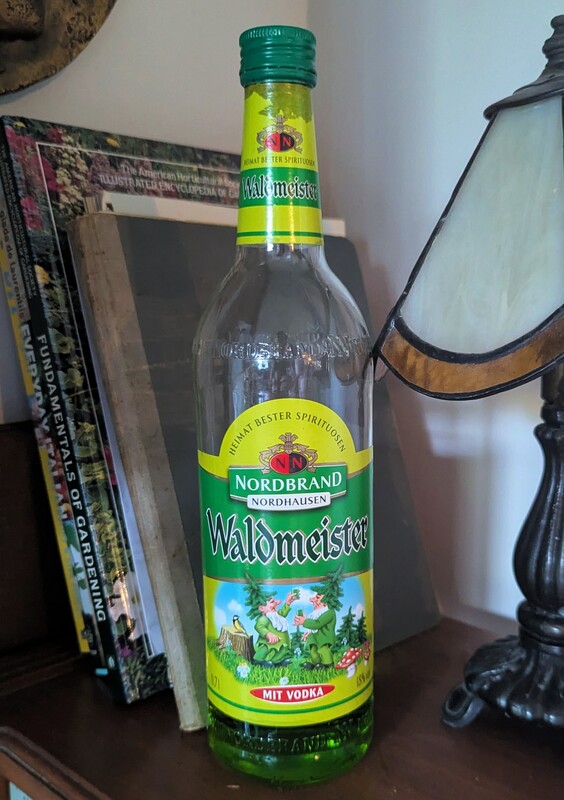

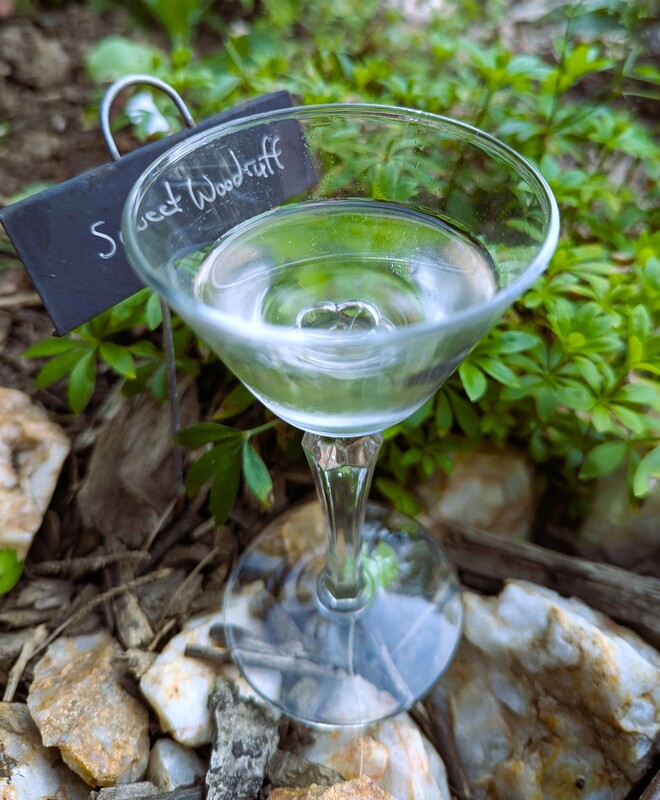

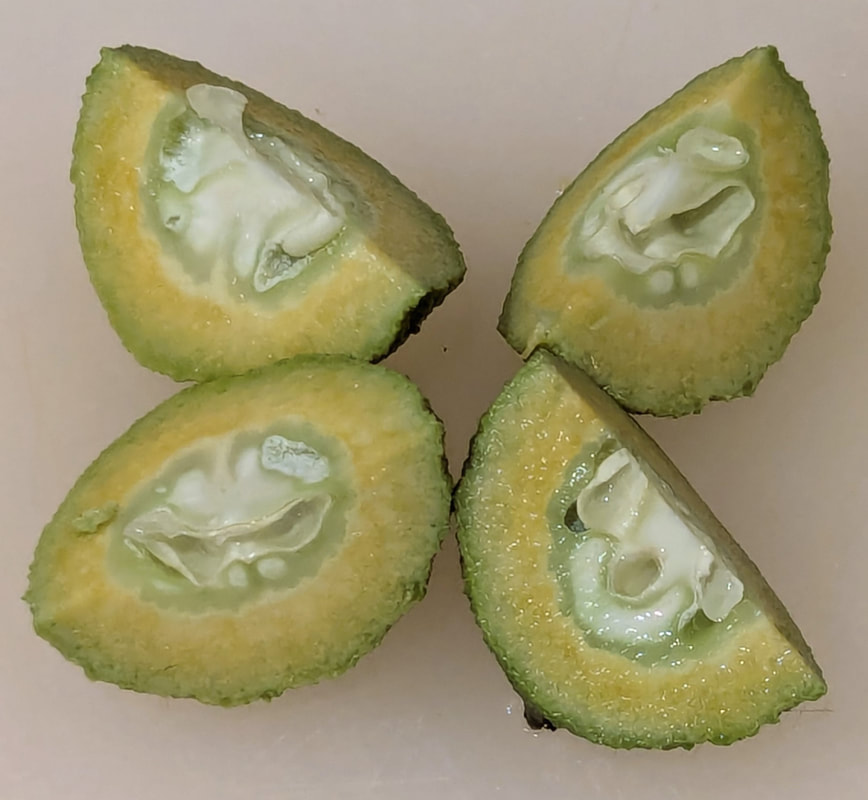
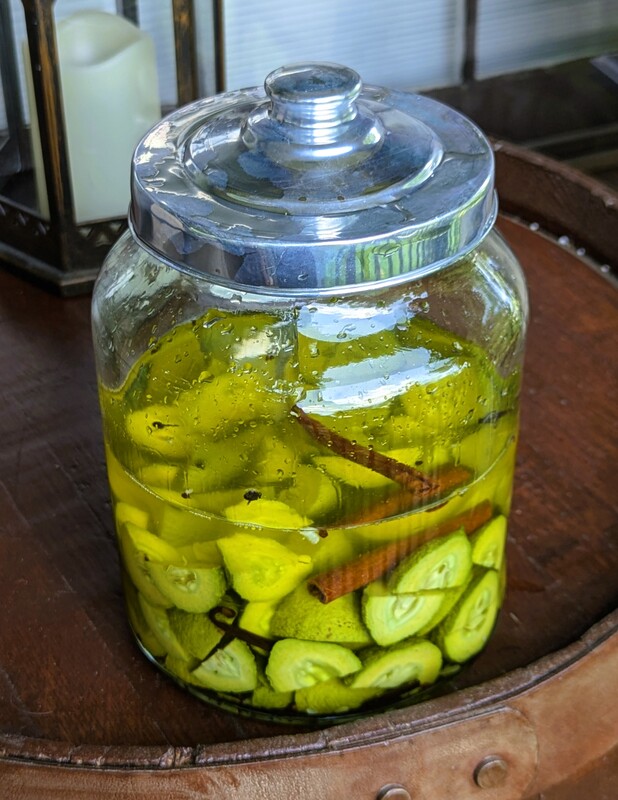
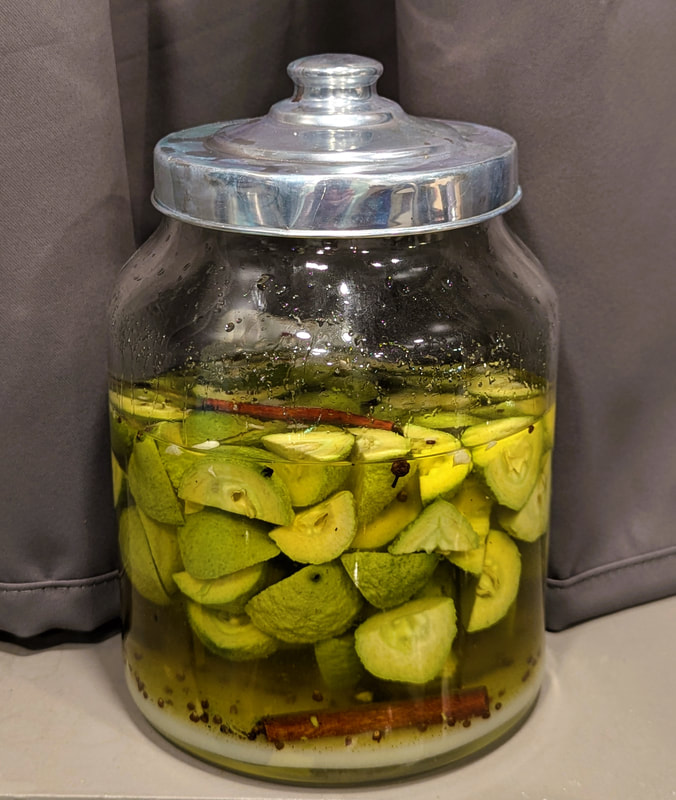


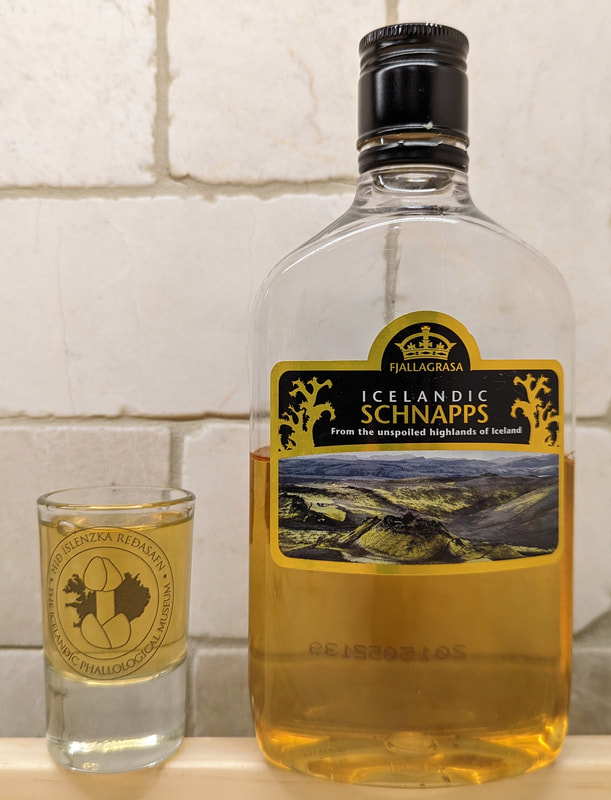
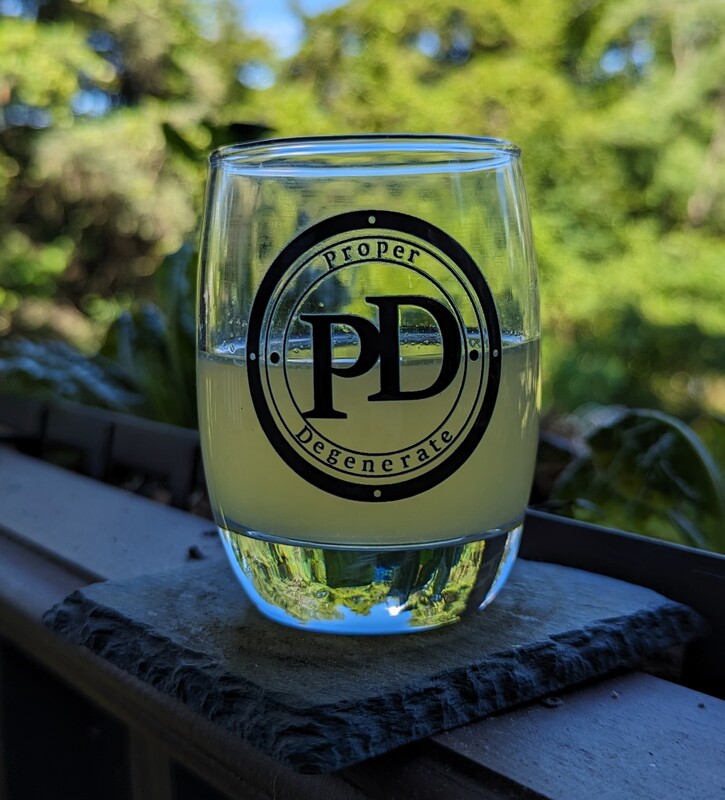
 RSS Feed
RSS Feed